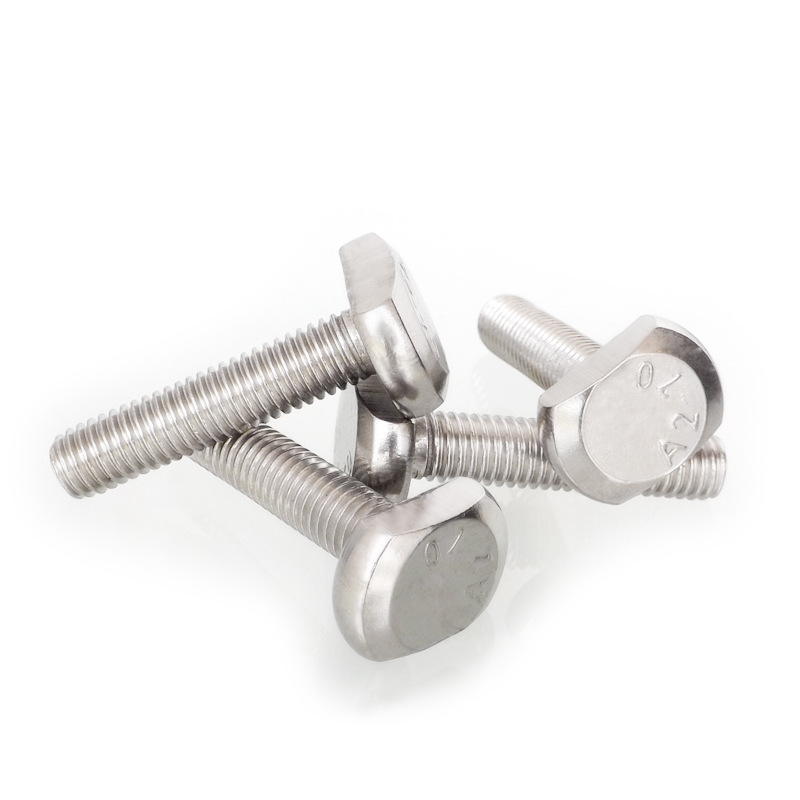

Stud Bolt Assembly with Two Nuts for Secure Connections and Maximum Strength
নভে. . 08, 2024 09:57 Back to list
Stud Bolt Assembly with Two Nuts for Secure Connections and Maximum Strength
Understanding the Importance of Stud Bolts with Two Nuts
In the realm of mechanical engineering and construction, fastening components together securely is vital for the integrity and safety of any structure or machine. Among the various fastening techniques, stud bolts with two nuts have gained prominence due to their effectiveness and reliability. This article delves into the significance, applications, and benefits of using stud bolts with two nuts in various industries.
What is a Stud Bolt?
A stud bolt is a type of fastener that consists of a cylindrical rod with threads on both ends. Unlike traditional bolts, which have a head on one end, stud bolts are fully threaded, allowing for the attachment of two nuts on either side. This design provides a greater surface area for contact and ensures a tight fit, reducing the likelihood of loosening under vibration or load.
Why Use Two Nuts?
The use of two nuts on a stud bolt enhances its functionality. When tightened, the nuts apply pressure against the surfaces they are securing, creating a strong grip. This method offers several advantages
1. Improved Load Distribution The dual-nut configuration allows for a more even distribution of the applied load across the connected surfaces. This is crucial in applications where heavy machinery or structural elements are involved.
2. Redundancy If one nut were to fail or loosen over time (though unlikely with proper installation), the second nut would still maintain the integrity of the connection, providing an added level of security.
3. Ease of Adjustment Using two nuts also makes it easier to adjust the tension of a joint. By holding one nut in place while tightening or loosening the other, engineers can achieve the desired clamping force without disassembling the entire structure.
4. Versatility Stud bolts with two nuts can be employed in a myriad of applications, from automotive engines to piping systems, due to their adaptability and strength.
Applications in Various Industries
Stud bolts with two nuts are utilized in several fields, showcasing their versatility
stud bolt with 2 nuts

- Construction In building frameworks, stud bolts provide a reliable fastening method for steel beams and columns, ensuring structural integrity during harsh weather conditions or seismic activity.
- Manufacturing Machinery often relies on stud bolts for assembly, particularly in industries like aerospace and automotive, where reliability and safety are paramount.
- Piping Systems In the oil and gas industry, stud bolts are commonly used to secure flanges and valves. The dual-nut setup is particularly effective in high-pressure situations, where maintaining a leak-proof seal is critical.
- Marine Applications Shipbuilding and maintenance require durable fasteners that can withstand the corrosive marine environment. Stud bolts with two nuts are often coated for additional protection, ensuring longevity and reduced maintenance costs.
Installation and Maintenance Tips
To maximize the benefits of stud bolts with two nuts, proper installation and maintenance are essential. Here are some best practices
1. Torque Specifications Always adhere to the manufacturer’s torque specifications to avoid over-tightening, which can lead to bolt failure or damage.
2. Regular Inspections Periodic checks should be conducted to ensure that nuts are securely fastened and that there are no signs of wear or corrosion.
3. Use of Locking Mechanisms Consider using locking nuts or thread-locking compounds to prevent loosening due to vibrations, particularly in dynamic applications.
4. Correct Sizing Ensure that the stud bolt is the appropriate size and grade for the specific application to handle the expected loads.
Conclusion
In summary, stud bolts with two nuts represent an essential component in effective fastening solutions across various industries. Their design allows for superior load distribution, ease of adjustment, and redundancy, making them indispensable in applications where reliability is paramount. As industries continue to evolve and face new challenges, the importance of secure fastening methods like stud bolts will only increase. Understanding their benefits and applications can help engineers and builders make informed decisions, ultimately leading to safer and more robust structures and machinery.
Latest news
-
Premium Fasteners Manufacturer | AI-Driven Solutions
NewsAug.01,2025
-
Hot Dip Galvanized Bolts - Hebei Longze | High Strength, Corrosion Resistance
NewsAug.01,2025
-
High-Strength Hot Dip Galvanized Bolts - LongZe | Corrosion Resistance, Custom Sizes
NewsAug.01,2025
-
Best Self Tapping Screws for Drywall - Fast & Secure Installation
NewsJul.31,2025
-
High-Strength Hot Dip Galvanized Bolts-Hebei Longze|Corrosion Resistance&Customization
NewsJul.31,2025
-
Hot Dip Galvanized Bolts-Hebei Longze Metal Products|Corrosion Resistance&High Strength
NewsJul.31,2025

